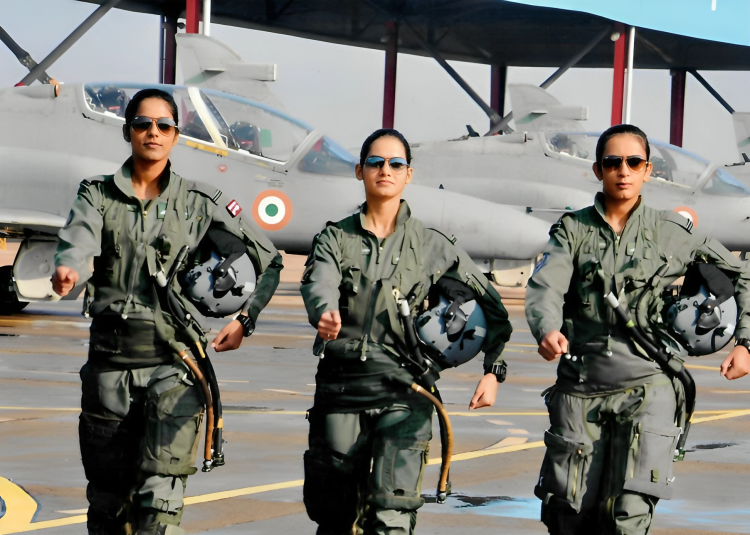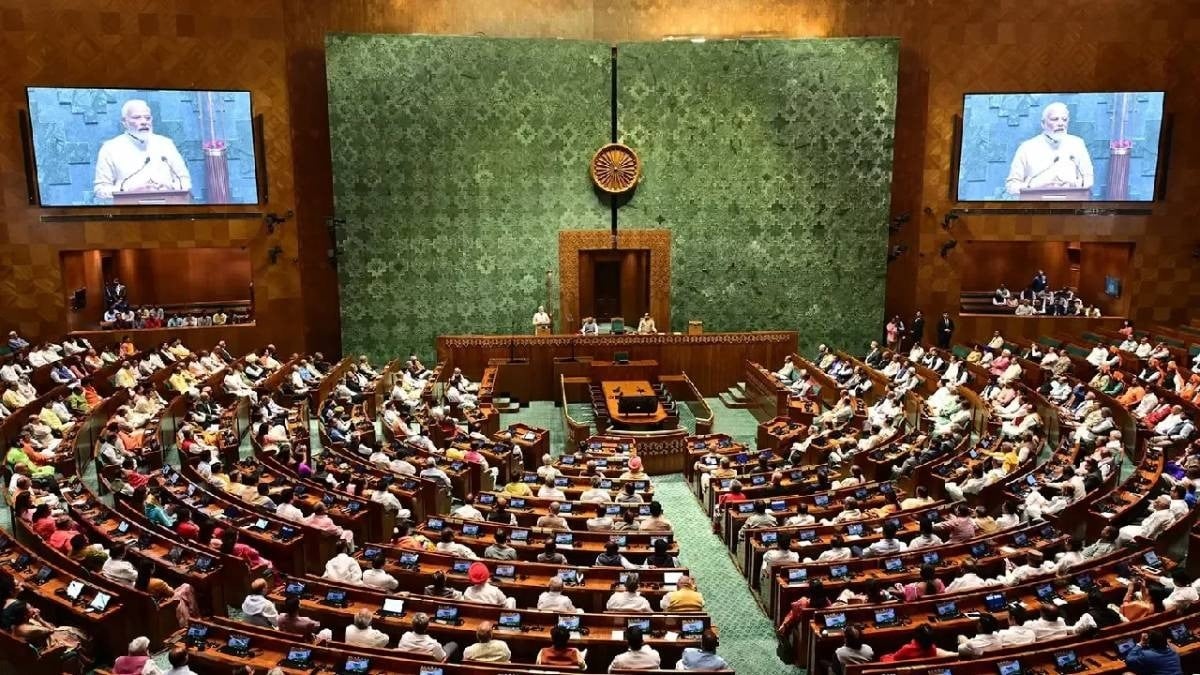Indian Air Force (IAF) pilots operate in one of the most demanding environments imaginable, maneuvering advanced fighter aircraft such as the Su-30MKI, Rafale, and LCA Tejas. During their flights, they face rapid accelerations, tight turns, and high-altitude climbs, all of which expose them to extreme gravitational forces, commonly referred to as G-forces. These conditions necessitate specialized gear, most notably the G-suit, also known as the anti-gravity suit, which is critical for ensuring pilot safety and operational effectiveness.
### Understanding G-Suits
A G-suit is an advanced piece of equipment specifically designed for military pilots and astronauts. It functions by applying pressure to the lower body to counteract the effects of high G-forces. The suit is equipped with inflatable bladders or compartments that compress against the abdomen and legs. This compression is vital for maintaining blood flow to the brain during high-load maneuvers and helps prevent a dangerous condition known as G-LOC (G-force-induced Loss of Consciousness).
### The Impact of G-Forces
Pilots frequently experience intense G-forces, particularly during rapid accelerations, deceleration, or tight turns. In high-performance aircraft, these G-forces can reach up to 9G. Under such conditions, a pilot’s body can feel as if it weighs nine times its normal weight, leading to blood pooling in the lower body and a subsequent risk of greyout, tunnel vision, or even complete blackout. In severe cases, these symptoms can escalate to G-LOC, a potentially fatal event while mid-flight.
### Mechanism of G-Suits
Modern G-suits incorporate sophisticated technologies that allow them to inflate in response to increasing G-forces. When a pilot pulls high Gs during maneuvers, the suit inflates strategically to apply external pressure. This pressure serves multiple purposes:
1. Prevents blood from pooling in the legs
2. Maintains blood circulation to the brain
3. Enhances the efficacy of Anti-G Straining Maneuvers (AGSM), where pilots tense their muscles and control their breathing to sustain consciousness
By working synergistically, the G-suit and AGSM techniques provide pilots with a robust defense against G-force-induced trauma.
### Importance of G-Suits for IAF Pilots
For IAF pilots, G-suits are indispensable for several reasons:
– High-performance aircraft like the Rafale and Su-30MKI often undergo high-speed, high-G turns as part of their combat maneuvers.
– Both training and real missions can result in prolonged G-force exposure.
– G-suits significantly improve pilots’ survivability, enhance combat efficiency, and support endurance during long missions.
In addition to G-suits, pilots also rely on a comprehensive life-support system, including oxygen masks, specialized helmets, and pressure suits, to ensure their safety and operational capability.
### Indigenous Development of G-Suits in India
India has made significant advancements in its G-suit technology, with the Defence Bio-Engineering & Electromedical Laboratory (DEBEL) under the DRDO designing G-suits for various aircraft, including the MiG-29, Mirage 2000, and LCA Tejas. These indigenous suits are:
– Flame-retardant
– Constructed from thermo-resistant materials
– Tailored to enhance G-tolerance by 1 to 1.5 G
– Adapted for tropical and subcontinental weather conditions
Transitioning from imported to domestically-produced G-suits underscores India’s commitment to self-reliance in defense technology.
### Comparison with Global Standards
While other countries, including the USA, UK, and Russia, also utilize advanced G-suit systems, India’s approach distinguishes itself through indigenization. Under the Atmanirbhar Bharat initiative, the IAF now benefits from locally manufactured G-suits, which allow for faster maintenance and upgrades while reducing dependence on foreign suppliers. This not only bolsters combat readiness but also nurtures the Indian defense manufacturing ecosystem.
### The Future of G-Suit Technology in India
Looking ahead, India is actively pursuing the next generation of G-suits, which are already in the research and development phase at DEBEL. These future suits may include:
– Smart fabrics capable of automatic adjustments based on physiological signals
– Biometric sensors to monitor critical health metrics like heart rate, oxygen saturation, and fatigue levels
– Real-time health feedback systems connecting pilots directly to flight command capabilities
Such innovations could greatly enhance pilot safety and situational awareness, thereby improving mission effectiveness in the years to come.
### Conclusion
The G-suit is not just a piece of military apparel; it is a complex life-support system crucial for safeguarding IAF pilots in some of the toughest aerial conditions. As India invests in enhancing its air defense and aerospace capabilities, advancements in G-suit technology illustrate the powerful convergence of science, engineering, and national security. With a commitment to homegrown development and innovative solutions, India is ensuring that its pilots remain safe, alert, and ready to defend the skies.










